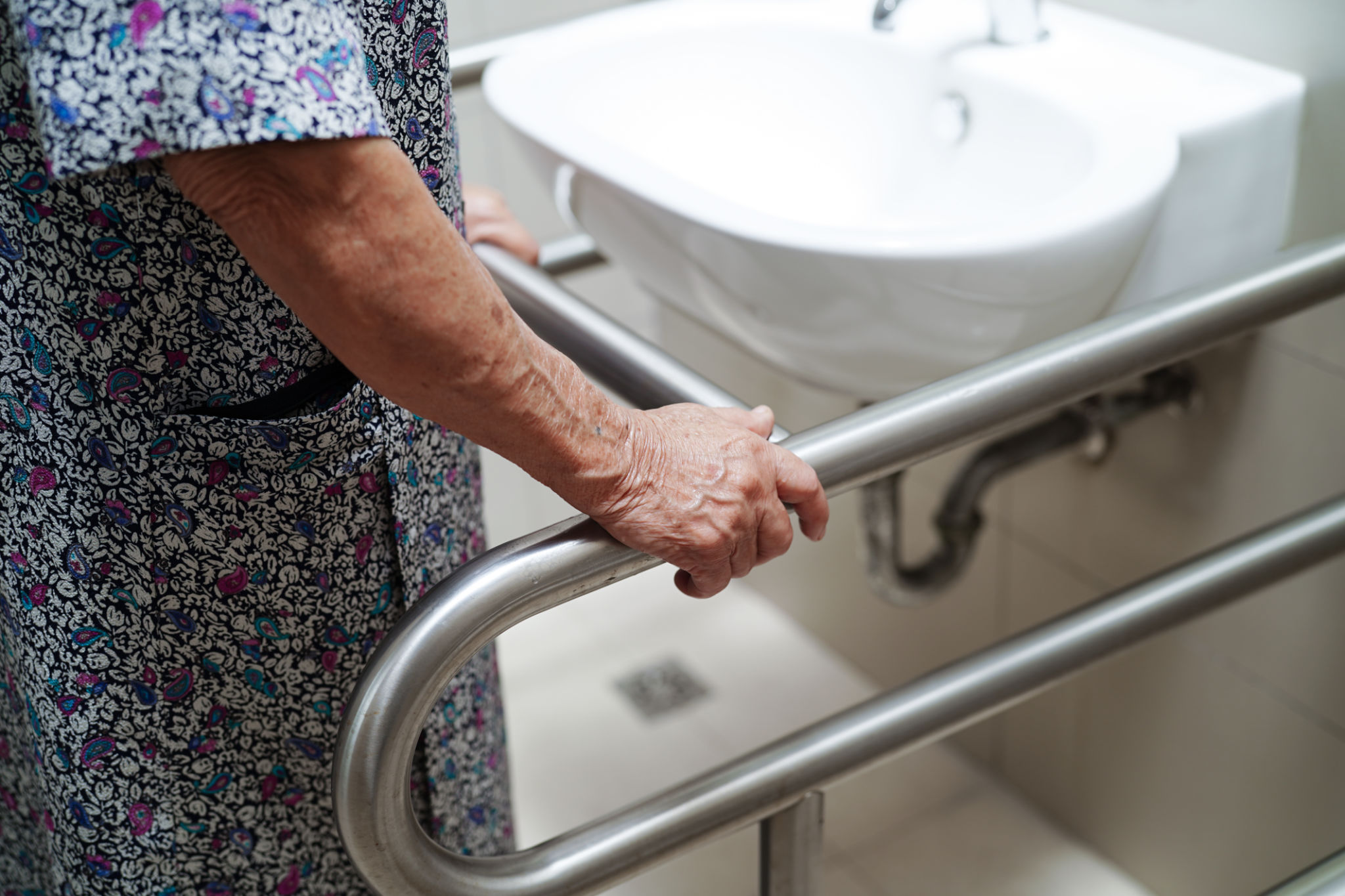Top 5 Aging in Place Trends: How to Future-Proof Your Home
Embracing Technology for Better Living
As the population ages, more individuals are opting to remain in their homes for as long as possible, a concept known as "aging in place." This trend has catalyzed advancements in home technology that make daily living safer and more convenient. One of the top trends includes the integration of smart home devices like voice-activated assistants and automated lighting systems. These technologies allow homeowners to control their environment with ease, enhancing both safety and comfort.

Smart home devices can be particularly beneficial in preventing falls, a common concern for older adults. Automated lighting that activates with motion sensors can illuminate pathways during night-time hours, reducing the risk of trips and falls. Additionally, voice-controlled assistants can provide hands-free operation for everything from adjusting thermostats to contacting emergency services.
Universal Design: Accessibility and Style
Another prominent trend in aging in place is the adoption of universal design principles. Universal design aims to create environments that are inherently accessible to all people, regardless of age or ability. This includes features like wider doorways, zero-step entries, and lever-style door handles that reduce the need for gripping and twisting.
Incorporating universal design elements doesn't mean sacrificing style. Modern designs have evolved to seamlessly blend functionality with aesthetics, ensuring that homes remain both beautiful and accessible. Homeowners can choose from a variety of stylish yet functional fixtures and fittings that cater to their mobility needs.
Bathroom Modifications for Safety
The bathroom is one of the most critical areas to consider when future-proofing a home. Simple modifications can significantly enhance safety. Installing grab bars in showers and near toilets can provide extra support, while non-slip flooring materials help prevent accidents caused by wet surfaces.

Walk-in showers with built-in seating and handheld showerheads offer both convenience and security. These features make it easier for individuals with limited mobility to maintain personal hygiene without assistance, promoting independence and privacy.
Kitchen Innovations for Independence
The kitchen is another focal point for aging in place modifications. Accessible kitchen designs often include lower countertops, pull-out shelves, and appliances with easy-to-read controls. These changes make it easier for individuals to prepare meals independently, which is crucial for maintaining a sense of autonomy.

Innovative solutions like induction cooktops help reduce the risk of burns by heating pans directly while keeping the cooking surface cool to the touch. Additionally, smart refrigerators and pantry systems can provide automated inventory management, reminding homeowners when it's time to restock essentials.
Outdoor Spaces: Enhancing Mobility and Enjoyment
Creating accessible outdoor spaces is another important aspect of future-proofing a home. Ramps or graded pathways instead of stairs ensure easy access to gardens or patios. These modifications allow individuals to enjoy their outdoor spaces without barriers.
Incorporating raised garden beds can make gardening an enjoyable activity accessible to all. These beds reduce the need for bending or kneeling, making it easier for individuals with mobility challenges to engage in gardening activities that promote physical exercise and mental well-being.
By integrating these trends into home design, homeowners can create an environment that supports aging in place comfortably and safely. Embracing these innovations not only enhances quality of life but also ensures that homes remain welcoming and functional for years to come.